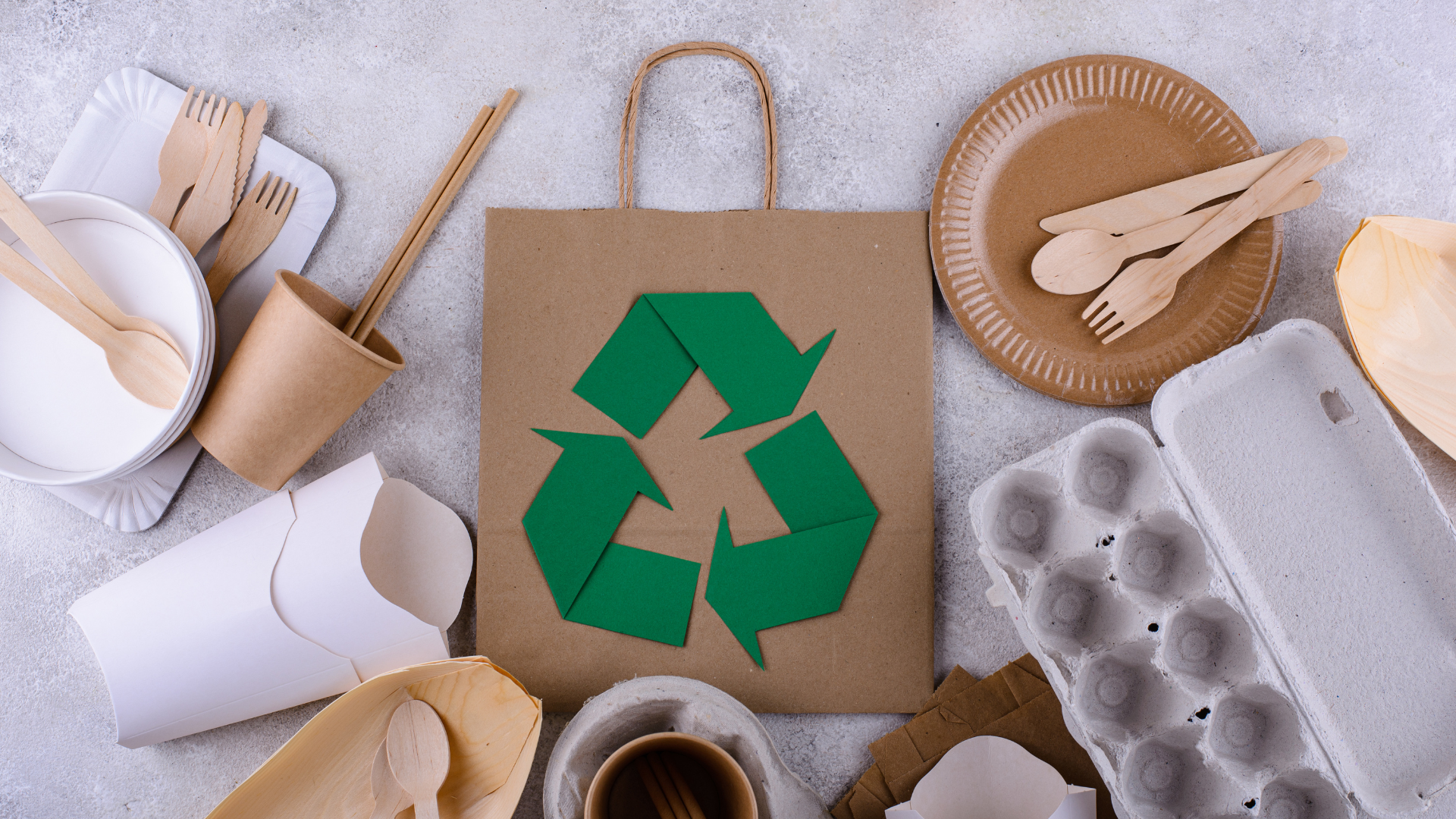Making eco friendly packaging decisions for your business is a smart way to reduce waste and be more environmentally conscious. It’s an important part of any comprehensive sustainability strategy, and can also be beneficial from a marketing perspective.
Consumers are increasingly aware of the environmental impact of their purchases, so businesses that make eco-friendly packaging choices stand out from their competitors. But before making such decisions it’s important to understand the different types of eco-friendly packaging available, as well as the potential costs associated with them.
In this article, we will explore what eco-friendly packaging options exist and how they could benefit your business in both financial and environmental terms.
Eco-Friendly Materials
Eco-friendly packaging materials come in a variety of shapes and sizes. Some of the most popular eco-friendly options include recycled paperboard, biodegradable plastics, and eco-friendly cardboard.
Each type has its advantages and disadvantages, so it’s important to research each option before making your decision.
For example, paperboard is a great eco-friendly choice because it’s lightweight and recyclable, but it can also be more expensive than other materials.
The good thing about biodegradable plastics is that they rot in the ground, unlike the other kind. When packaging has served its purpose we either want it to rot or be able to reuse it. Both options are helping the environment. We do not want discarded items to get into watercourses when they are not capable of decomposing.
Anything that can be reused prevents another product from having to be made to replace it, which has the potential to pollute the environment from the manufacturing process.
If we can at least recycle a product then it will prevent another from needing to be made from scratch. This would then lessen the amount of pollution that the environment suffered.
Biodegradable Options
Biodegradable plastics are an excellent eco-friendly option as they break down over time, but they don’t always hold up well under pressure or during transportation. So it depends on the product you are trying to transport as to whether this might be an option for your business.
If you need very protective packaging for your product you might, instead, consider something reusable to ensure it arrives in perfect condition. Always check with a supplier regarding the strength or durability of a biodegradable option for your purposes.
Eco-friendly cardboard is an increasingly popular choice as it’s lightweight, recyclable, and can be printed with eco-friendly inks. It makes sense for certain situations.
Weighing Up the Decision
When making the business decision to go with eco-friendly packaging, you should always consider the potential costs to your budget versus the reputation gains.
Eco-friendly packaging materials can often cost more than traditional packaging materials, so it’s important to factor in any increased costs when making your decision.
Additionally, eco-friendly packaging may require additional labeling or certification that could add to the cost of production.
It can be cost-effective for a business to take an eco-friendly approach. This is because its customers may only buy from a company with these principles. An edge over competitors can be achieved when a company is seen as the one that is doing everything right for the environment compared to another.
Many companies now are looking to get ahead of what is becoming law and using the most eco-friendly materials for packaging without needing to be asked.
Conclusion
Eco-friendly packaging is a great way for businesses to become more sustainable and socially responsible. However, it’s important to do your research and understand the potential costs associated with eco-friendly packaging before making a decision.
By selecting these types of packaging materials, businesses can benefit from both financial and environmental advantages in the long run. It pays to know about the different types of packaging before ordering in bulk.

